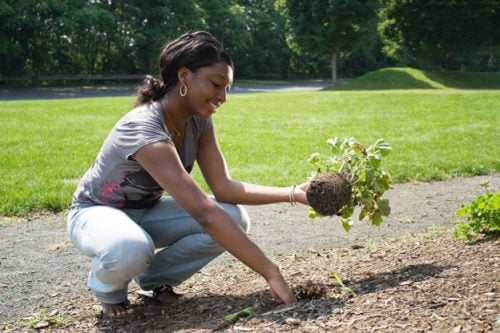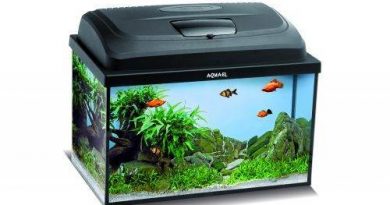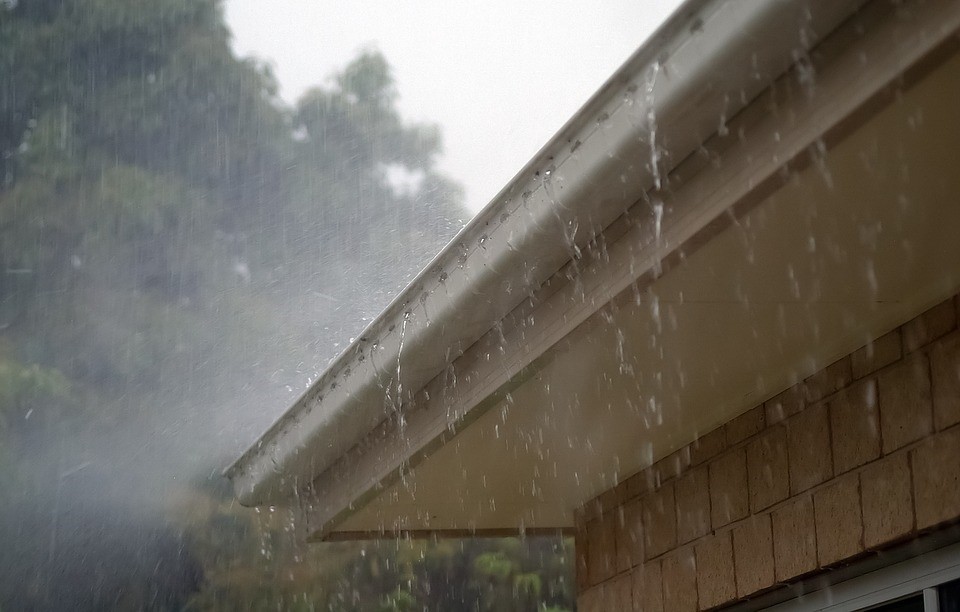How to Clear Winter Garden Waste
Winter is a time when many people clean up their yards and gardens. One of the tasks that often needs to be done is removing the debris from winter storms. Here are some tips on how to clear garden waste quickly and easily.
- Start by picking up any large branches and sticks that have fallen in the garden. These can be put into a rubble sack, compost bin, or disposed of at your local recycling center.
- Cut back any overgrown plants, such as roses and bushes, to make it easier to collect their debris.
- Rake up all the leaves, pine needles and other organic material that has dropped during the winter season. Run a lawnmower with a bagger attachment over the grassy areas, if possible, to collect additional debris from these areas.
- Collect dead flowers and weeds together with twigs, seeds and other debris on the ground and place them in trash bags for disposal away from the garden.
- Prune any dead or diseased branches from trees and shrubs and collect these for disposal in the same way as you did for other debris.
- Finally, remove any mulch that has been used to protect plants over the winter, so that it can be replaced in the spring.
By following these steps, you will have cleared away all of your garden waste quickly and easily and are now ready to enjoy a beautiful garden come springtime.
What is the Best Way to Dispose of Winter Garden Waste?
The best way to dispose of winter garden waste is to compost it. Composting garden waste helps reduce landfill, reduces the number of nutrients going into local water sources and also provides beneficial organic matter that can be used to enrich your soil. To compost your garden waste, you will need a suitable container or bin for the compost heap, such as a plastic storage box or a wooden pallet with holes in its sides for aeration.
You should start by breaking down larger pieces of material into smaller pieces, as this will help speed up the process of decomposition. Next, add equal parts of brown and green materials; these materials provide carbon (brown) and nitrogen (green). Brown materials include leaves, twigs, cardboard, eggshells, and straw. Green materials include vegetable waste, grass clippings, coffee grounds, and manure. After mixing the material together you should add water until it is damp but not soggy.
To help maintain an ideal environment for composting in winter, cover your compost bin with a tarp to protect it from rain and snow. Keep the material mixed regularly by using a spade or garden fork to aerate the pile every couple of weeks – this will oxygenate the material which helps speed up decomposition. Finally, turn the material once a month to ensure even decomposition throughout all layers of your compost heap.
To ensure the garden remains healthy, it is important also to consider other maintenance tasks that can be done at this time of year. This includes fertilizing plants, trimming hedges and trees, replacing any broken or dead plants, and checking for pests.
Taking care of these tasks now will help keep your garden looking its best throughout the winter season. Additionally, taking care of these tasks before spring arrives can prevent any problems from occurring in the future. With a little extra effort now, you’ll be able to enjoy a beautiful outdoor space throughout the year!




